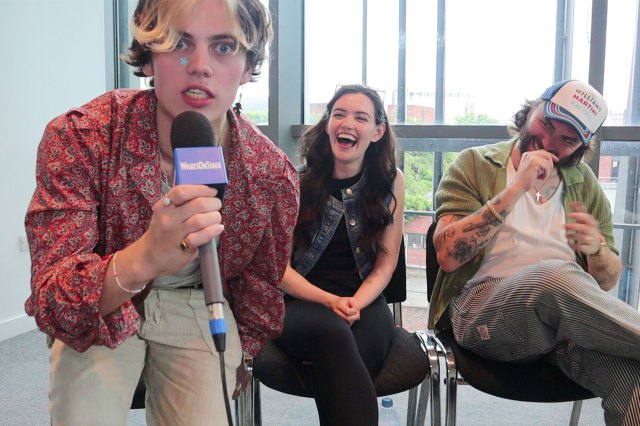Pig skin and scoliosis: how we created Frankenstein's creature
Designer Ben Stones explains how he created the creature in Matthew Xia’s newest adaptation of Mary Shelley’s classic novel

I've seen a lot of Hollywood and stage adaptations of Frankenstein that have underwhelmed me. The creature is normally the size of a man with some stitches glued on. For this version though, we really wanted to up the ante with what we're making.
We (myself and the show's director Matthew Xia) started off by going back to Mary Shelley's novel, especially her descriptions of the creature. She mentions how "he was made of bones from charnel houses, and from abattoirs", made of bits of pig, and horses and animals. That meant I really wanted to use pigs' skin in the final design, as it wasn't something I'd seen before. She also mentions how, as time went on, Frankenstein started using larger and larger bodies because he couldn't finely stitch the creature. In the book, he ends up being eight-foot tall.
But if we wanted to have an eight-foot monster, we needed to have an actor that could play the part. It was Matthew who found Harry Atwell, a six-foot-five man who was gracious and able to enough to deal with all the moulds and casts and being able to emote while wearing a huge suit. Working with Harry has been great.
Before I'd even started drawing concept designs, our movement director Angela Gasparetto created a backstory for every body part of the creature, based on who they belonged to before Victor found them. The spinal cord has scoliosis, while another part has polio. Angela wanted to have his head is slightly disjointed and one leg is larger than the other, which makes it more painful to walk.
Applied Arts took a digital map of the actor and showed me how my sketches would look in 3D
Originally I wanted to work with those with experience in film studios, to make it look like the sort of thing you see in horror movies, but what became obvious was that those designers are used to having seven hours or so to create creatures before having them appear on camera. Obviously, that isn't possible with the stage, so I turned to the people at Applied Arts, who are geniuses with designing costumes and using new approaches.
Andy Fordham and Emma Clifton at Applied Arts started by taking a digital map of Harry's body and showing how my sketches would look in 3D, as a way of testing designs. It's all very geeky and not something I've ever done before. They said that we could have even 3D printed the design into plastic if necessary.
From sketches and planning, we went into fabrication, which was done by first taking a body cast of Harry, made from plaster. From that, a mould is made of the creature's torso, which has been cast, and then that design was recreated in foam and stitched onto the suit that Harry would wear.
As I'm such a big fan of horror movies, I really wanted us to reveal the creature slowly, rather than show it in full as soon as it's made. You aren't as scared of something once you've seen it completely, as films like Jaws have shown. So we're going to tease the monster, and then show it in all its gruesome glory only for a small amount of time.
Frankenstein runs from 13 March to 14 April, with previews from 9 March.
















